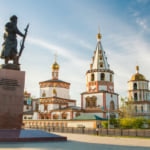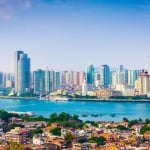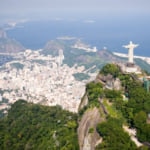Name: Kilimanjaro National Park
Address: Kilimanjaro National Park 00255, Tanzania
Official/Related Website URL: http://www.mountkilimanjaroguide.com/
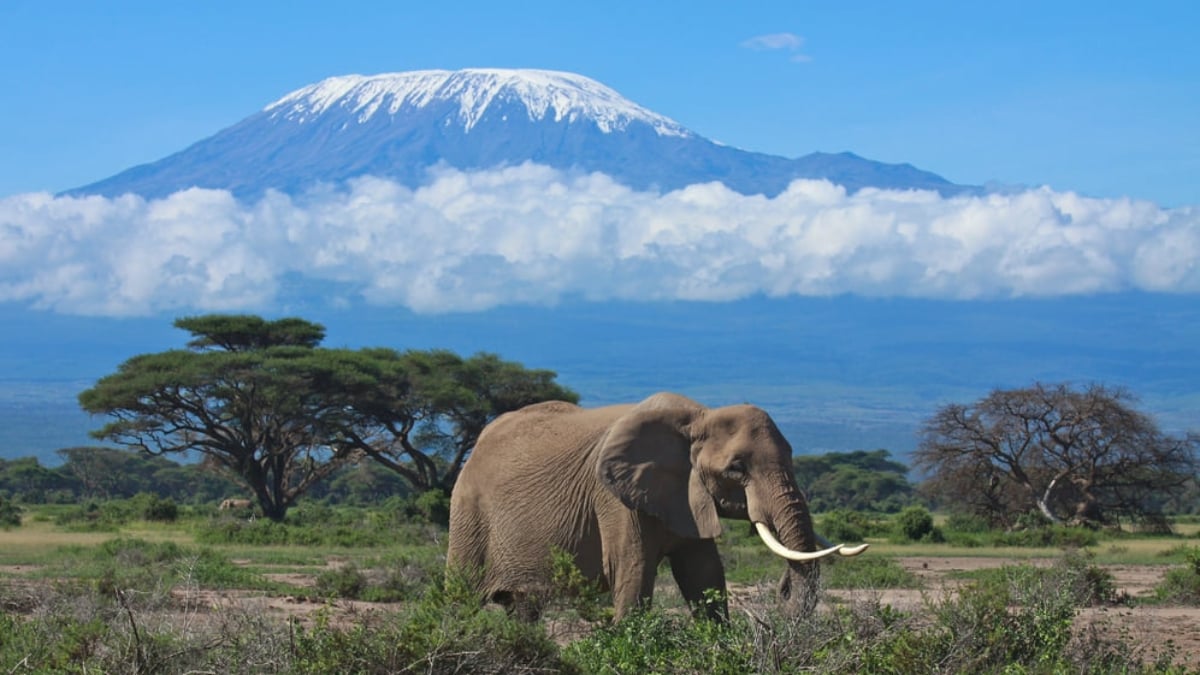
The 5-faced highest peak in Africa! Kilimanjaro National Park, a World Heritage Site
Located in northeastern Tanzania, Mount Kilimanjaro is Africa's highest peak, boasting an elevation of 5,895 meters. Despite being just about 300 km from the equator, its summit is covered in snow year-round. This grand white mountain rising above the savannah is a symbol of Tanzania. In 1987, the entire Kilimanjaro area was registered as a World Heritage Site under the name "Kilimanjaro National Park."
When thinking of Africa's great nature, many people immediately picture wildlife.
Kilimanjaro National Park offers a diverse range of flora and fauna due to its varied climate zones based on elevation. You can enjoy not only mountain climbing but also safari tours and camping!
Now, let us introduce the World Heritage Site of Tanzania: Kilimanjaro National Park.
table of contents
[x] close
The 5-faced highest peak in Africa! Kilimanjaro National Park, a World Heritage Site
What is Kilimanjaro National Park?
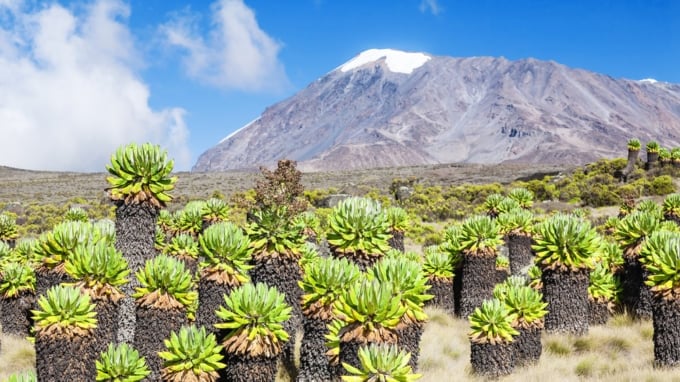
Kilimanjaro, though not part of any mountain range, is said to be the highest freestanding mountain in the world. It's also known as a coffee-growing region. This snow-capped beauty is divided into five climate zones by elevation, each with unique animal and plant life.
The lower slopes are dominated by evergreen forests, but around 3,000 meters elevation, shrubs begin to thrive. At 4,000 meters, the landscape transforms into a dry, rocky terrain that resembles the surface of the moon. Climb higher, and the ground is covered with fine snow and ice, with glaciers near the summit! However, these glaciers are shrinking yearly due to climate change caused by global warming and are even expected to disappear entirely within 15 years.
Kilimanjaro is also known as one of the more accessible high mountains to climb, but it’s not just for mountaineers. For those who want to enjoy the scenery and wildlife without the physical strain, hiking is highly recommended. With maintained trails, it’s safe even for young children and elderly visitors.
If you want to enjoy uniquely African activities, try a safari in the Shira Plateau located in the lowlands. Riding a 4WD through the savannah gives you the feeling of being a true explorer!
At the beautiful blue volcanic Lake Chala, you can relax and fish at your leisure.
In this way, Kilimanjaro National Park is a natural treasure trove with many faces and is beloved not only by locals but by visitors from all over the world. It’s no wonder it was registered as a World Heritage Site.
How to get to Kilimanjaro National Park
From Kilimanjaro International Airport, it’s about a 1-hour drive to Moshi, the gateway town to the World Heritage Site Kilimanjaro National Park. From Moshi, it takes about 40 minutes (approx. 35 km) by car to reach Marangu, one of the park’s climbing entrances.
Highlights of Kilimanjaro National Park
◆ Moshi
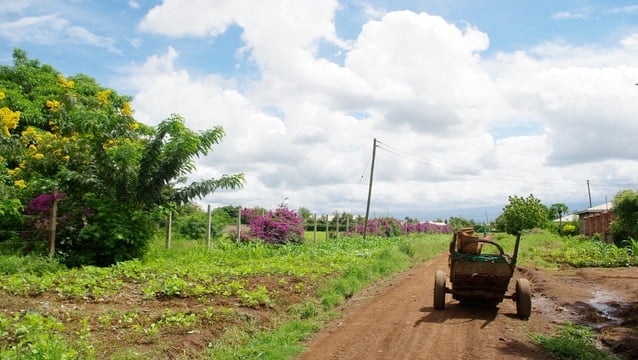
The gateway to Kilimanjaro National Park is the town of Moshi, located at the southern foot of the mountain. Kilimanjaro is well-known as a coffee bean brand, and the area around Moshi is also the central region for cultivating Kilimanjaro coffee.
If you're planning to join a Kilimanjaro climbing tour or looking for accommodation, it's best to start in Moshi. It's a very small town, but the center is filled with eateries, hotels, and tour companies, making it very convenient.
You can also enjoy a bit of leisurely walking around.
◆ Base Camp
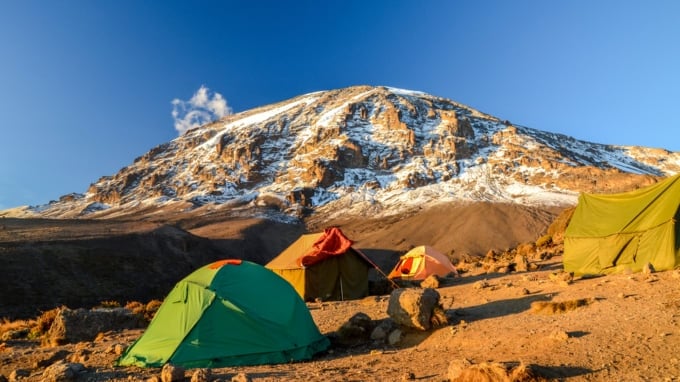
Among the Seven Summits, Kilimanjaro is considered relatively easy to climb. While it's accessible even to non-professional climbers, the journey is by no means simple, so anyone planning to climb should be prepared.
It’s said that it can take about a week to ten days for a typical climber to reach the summit.
There are seven official trekking routes on Kilimanjaro, and among them, the "Machame Route" is said to be the most difficult but also the most scenic.
The most popular among tourists is the "Marangu Route," which starts from the village of Marangu in the southeast. The trail is well-maintained and not too steep, but it still takes about six days to reach the summit.
Along the routes, there are campsites at key points where climbers from all over the world gather.
Climbing while admiring the scenery and wildlife is wonderful, but don’t you think connecting with people from various countries is also part of the journey’s joy?
◆ Uhuru Peak
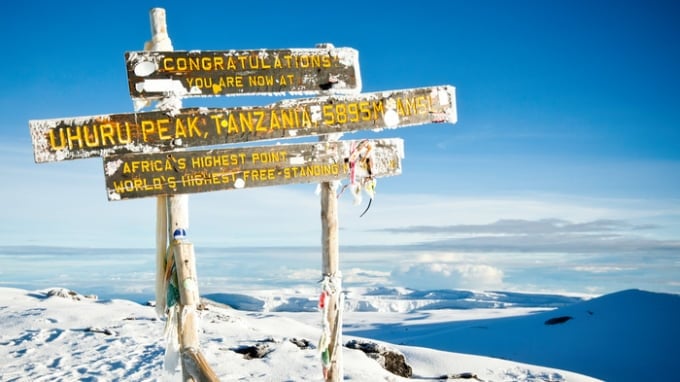
Kilimanjaro has three peaks: Shira, Kibo, and Mawenzi. Among them, the tallest and most beautiful is said to be the central Kibo Peak, whose highest point is "Uhuru Peak."
At Uhuru Peak, there’s a signboard commemorating your achievement of reaching the highest point in Africa and the highest freestanding mountain in the world.
Taking a commemorative photo in front of this sign has become a tradition for climbers.
Seeing this sign, you’ll truly feel the greatness of the place you’re standing in.
Although only about half of the climbers make it to "Uhuru Peak," it’s not an impossible dream if you take care of your health and proceed slowly!
Furthermore, if you write your name in the notebook inside the wooden box installed at "Uhuru Peak," you can receive a climbing certificate from the office after descending. Don’t forget to do that as well!
◎ Summary
Africa’s highest peak, Kilimanjaro, is a World Heritage Site that Tanzania proudly boasts.
Despite its 5,895-meter elevation, even general tourists can attempt the climb—so if you have time and stamina to spare, why not give it a try?
It will surely be an unforgettable experience filled with emotion and a sense of accomplishment.
Also, in northern Tanzania, there are other World Heritage Sites such as "Serengeti National Park" and the "Ngorongoro Conservation Area," both globally renowned safari destinations. Be sure to visit them as well!
RELATED ARTICLES
REGIONS
CATEGORIES
FEATURED ON Tanzania
-
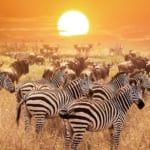
To the Kingdom of Wildlife you’ve dreamed about! Tanzania’s World Heritage Site: Serengeti National Park
-

Tanzania’s Ocean Paradise: 4 Enchanting Spots in Zanzibar!
-
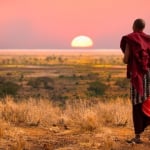
Tanzania’s Top 5 Tourist Destinations You Shouldn’t Miss
-
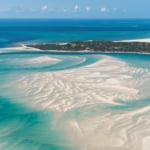
The Best Beach Holiday Destinations in Africa
-
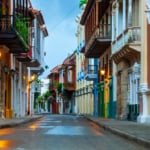
The Best Travel Destinations in 2021 Perfect For Those on a Budget
MOST POPULAR ON Tanzania
-
 1
1Doha: Must-see Attractions in the Capital of Qatar
-
 2
2Toronto: 10 Things to do in this Picturesque Canadian City
-
 3
3Amarillo: A City Famous for It’s Amazing Canyons, Great History and Music
-
 4
4South Korea: Dazzling Scenery, Rich Culture and Fascinating History
-
 5
5Kuwait: A Country in Middle East Asia Famous for Hot Sand Dunes and Stunning Cityscape

